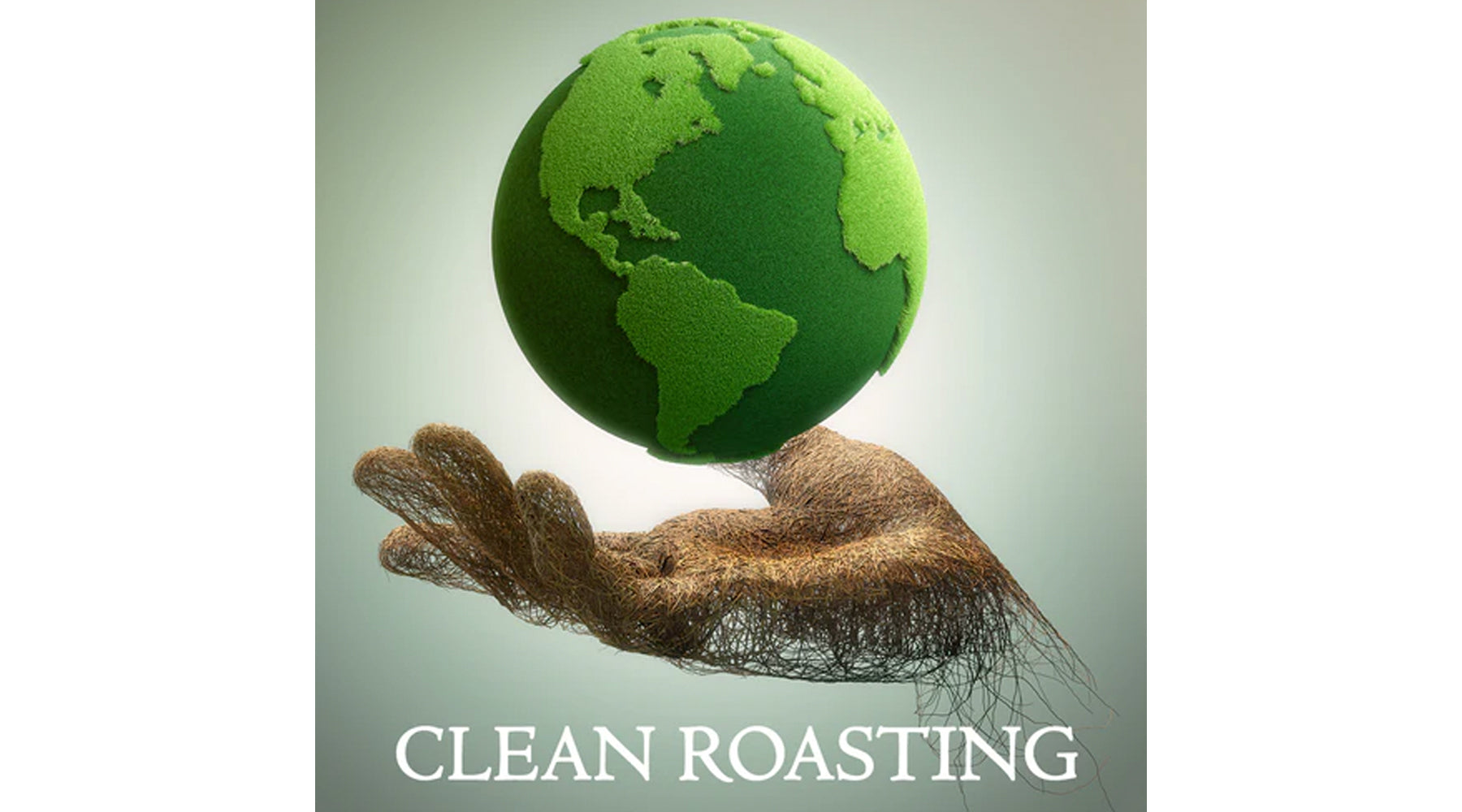Java Master is pleased to provide you with our recent analysis and findings, both from our internal technical team and third party testing, related to Java Master Coffee Roaster emissions. We have reviewed the following (3) major areas of effluent concern, as natural bi-products derived from the “cooking” process.
VOLATILE ORGANIC COMPONENTS:
Define – Organic (natural) chemicals that have a high vapor pressure at room temperature. High vapor pressure correlates with a low boiling point, which relates to the number of the sample’s molecules found in the surrounding area. A trait knows as volatility. VOC’s are also responsible for the “aroma (ie odor)” of scents. Most VOCs are not acutely toxic, but can have an adverse long-term health effect in too high a concentration. Ultimately, there is no such thing as zero VOCs when it comes to indoor/outdoor air or during the roasting/ processing stage.
Findings - VOCs are a naturally occurring bi–product of the coffee roasting “cooking” process. We expect to experience VOCs, as can be detected through the aroma found during the roasting process. Our testing process involved sampling indoor air prior to roasting then during the roasting process. We also tested outdoor air. The results reveal that outdoor air contained increased micro-levels (Nanograms/Liter) of various components during roasting such as; Propylene, Ethanol, Benzyl. These components are naturally occurring during the roasting process & not shown at any significant levels of concern.
PARTICULATE MATTER:
Define – Particulate matter is one of the most complicated forms of air pollution. Unlike its air pollution counterparts, particulate matter doesn’t come from a singular source, nor is it a single chemical or gas. Rather particulate matter is an amalgamation of different particles, both solid & liquid, that behave in similar ways and are similar sizes. Particulate matter is typically separated into coarse & fine particles.
Findings - The Java Master Coffee Roaster does indeed exhaust both course (ie chaff) particulate & fine (ie coffee bean dust) particulate. The former is removed through the design of our patented Cyclone Separator System, It is collected in a Chaff Can and disposed of periodically by the operator. The latter is also partly collected by the Cyclone Separator System & further by the exhaust venting – updraft blower/screen.
CARBON DIOXIDE (MONOXIDE):
Define - Carbon Dioxide (CO2 – One carbon atom bonded to two oxygen atoms) & Carbon Monoxide (CO – One carbon atom bonded to one oxygen atom) – are generally colorless, odorless & flammable. Both Are less dense than air. Both are derived primarily from thermal combustion (this could include cooking/roasting), however there are numerous environmental & biological sources that generate & can emit these gases in significant & potentially dangerous levels.
Findings – There is no significant increase in the amount of CO2/CO during the roasting process, as tested inside the building at the roaster exhaust. The negligible increased levels are due primarily to the micro-batch roasting volumes of our machine.
FINAL CONCLUSION
In conclusion, the Java Master In-house Small Batch Coffee Roasting machine does not represent any significant or harmful emissions concerns to either the environment and/or healthy human respiration.

